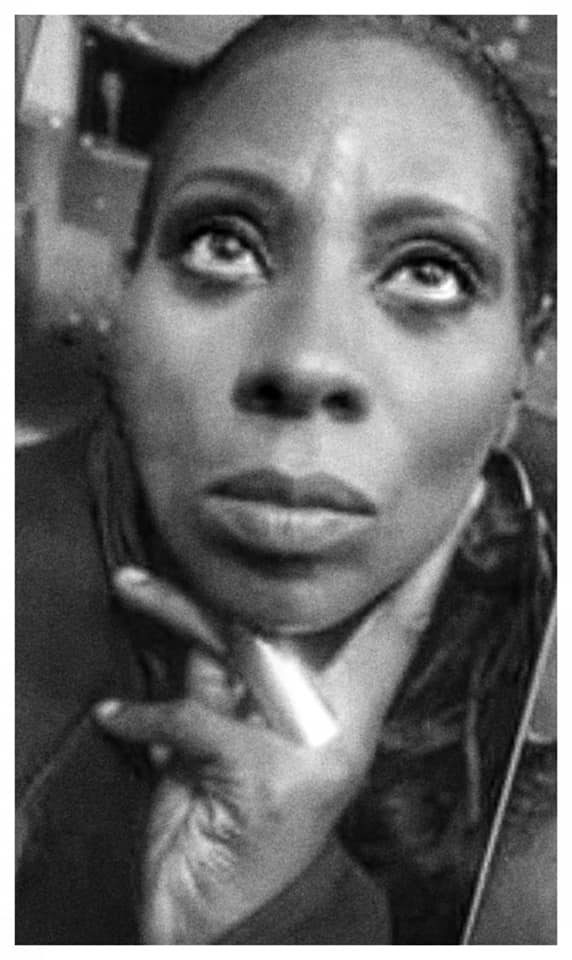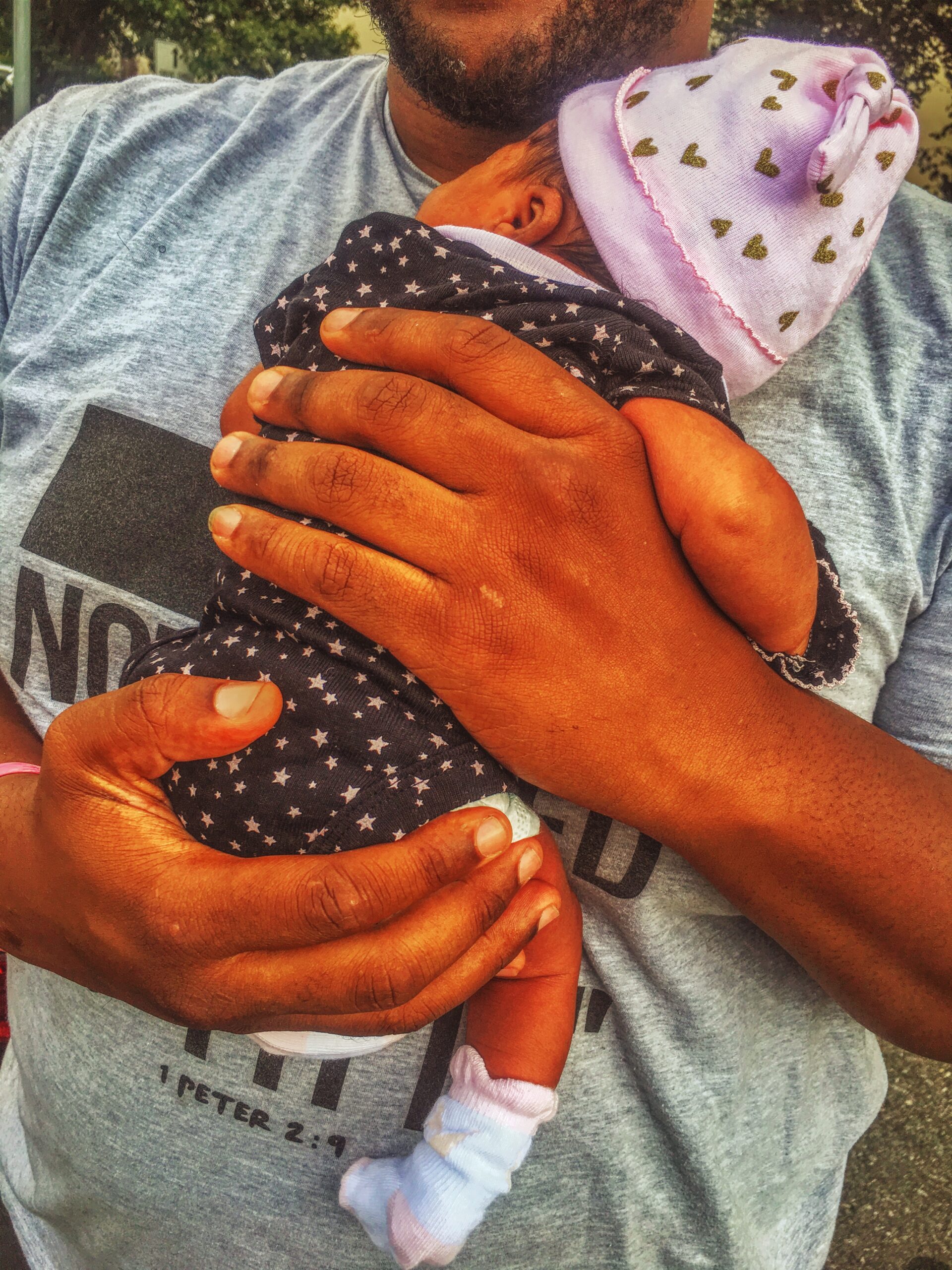THE OBSERVATION BOOTH

OP / ED & PHOTO CREDITS ANDREA DIALECT
I can’t thank God enough for all he has done and continues to do for me and my family and friends. As well as the many that has poured into my life and the lives of those that I love. Thank you may come across as being simply stated but for me it is truly a word that is chocked full of a bunch of gratitude; Especially when it comes to this life thang. The imagery here also represents such. Let me count the ways! – Andrea Dialect Said That!
Is Gracias French or Spanish?
Gracias is thank you in Spanish.
The most simple way to say thank you in Spanish is gracias. In Latin Spanish, the “c” is pronounced like an “s”, while in European Spanish, the “c” is usually more like a “th” sound. If you want to emphasize your thanks, add muchas – muchas gracias. (Google)
What does gratitude mean?
Gratitude is when you feel thankful for the good things in your life. This could be stuff people often take for granted, like having a place to live, food, clean water, friends, and family. Gratitude is taking a moment to reflect on how lucky you are when something good happens, whether it’s small or big.
Thursday November 23
Thanksgiving has been celebrated nationally on and off since 1789, with a proclamation by President George Washington after a request by Congress.
The event that Americans commonly call the “first Thanksgiving” was celebrated by the Pilgrims after their first harvest in the New World in November 1621. This feast lasted three days and was attended by 90 Native American Wampanoag people and 53 survivors of the Mayflower (Pilgrims). Less widely known is an earlier Thanksgiving celebration in Virginia in 1619 by English settlers who had just landed at Berkeley Hundred aboard the ship Margaret.
Thanksgiving is a national holiday celebrated on various dates in the United States, Canada, Grenada, Saint Lucia, Liberia, and unofficially in countries like Brazil and the Philippines. It is also observed in the Dutch town of Leiden and the Australian territory of Norfolk Island. – Wikipedia
THANKS A MILLION
(Tandem.net)
1. Thank you in English
Aside from saying a basic thank you (obviously), you can also shorten it to thanks or lengthen it to thanks very much or thanks a lot! You might also hear Brits say cheers, though this will confuse Americans, who only like to use cheers when they are having a drink!
2. Thank you in German
The most common way is Danke schön. This can be shortened to Danke or made slightly more formal as Danke sehr.
3. Thank you in Italian
Italians usually thank each other with a grazie. If you really want to show your appreciation, you can say grazie mille, or mille grazie – literally, a thousand thanks.
4. Thank you in Spanish
The most simple way to say thank you in Spanish is gracias. In Latin Spanish, the “c” is pronounced like an “s”, while in European Spanish, the “c” is usually more like a “th” sound. If you want to emphasize your thanks, add muchas – muchas gracias.
5. Thank you in French
A simple merci will usually do if you want to say thank you in French. However, merci beaucoup (thank you very much) is also commonly used for emphasis.
6. Thank you in Japanese
There are a few different ways to say thank you in Japanese, but the most common is ありがとう (arigatou), which is a basic thank you. どうもありがとう (doumo arigatou) is more polite, while どうも (doumo) is more casual. どうもありがとうございます (doumo arigatou gozaimasu) is a formal, honorific expression. Watch out though – there are various other ways of expressing thanks as well, depending on where your Tandem partner is from in Japan!
7. Thank you in Russian
Showing your thanks is different in Russian depending on whether you want to be formal or informal. If you want to be informal, cпасибо (spacibo) is the best option. If you want to be very very formal, you can use благодарю. However – this is really only used if you want to impress someone. If in doubt, stick to cпасибо or even cпасибо большое (spacibo bolshoye – thanks very much).
8. Thank you in Korean
There are several different ways of saying thank you in Korean, but in general, you will hear 감사합니다 (gamsahamnida). It is still pretty formal and polite, so suitable for strangers and people older than you. If you know someone really well, you can say 고마워요 (gomawoyo).
9. Thank you in Mandarin Chinese
The most common way to say thank you in Mandarin is 谢谢你 (xiè xiè nǐ). When it is spoken as xiè xiè, it means thanks while xiè xiè nǐ is thank you.
10. Thank you in Cantonese
In Cantonese, there are two common ways of saying thank you that are used in different situations. When someone gives you a gift, you can say 多謝你 (do1 ze6 nei5). However, when someone helps you, you would say 唔該你 ( m4 goi1 nei5). Both of them are common in Cantonese, but most likely the second would be more useful for your Tandem conversations!
11. Thank you in Thai
Thank you in Thai is khop kun. Here’s a hack for making your sentence instantly polite and respectful: add the word khrup (if you are female) or ka (if you are male) to the end of the sentence. So a politer version would be khop kun khrup/ka.
12. Thank you in Dutch
The easiest way to say thank you in Dutch is dank je, which covers most situations, being neither impolite nor overly formal. For a small emphasis, you can say dank je wel, which is more like thanks very much, or for the most sincere and heartfelt thanks, hartelijk bedankt.
13. Thank you in Portuguese
Thank you in Portuguese is obrigado – but only if you’re male. If you are female, you should say obrigada. In spoken Portuguese, the “o” is often dropped, so don’t be surprised if someone says what sounds like “brigado/a” to you in conversation.
14. Thank you in Swedish
Most commonly you will hear tack in Swedish when people want to say thank you – but there are plenty of variations on this that you can learn. Tack så mycket is more like thank you very much, or you can say tusen tack (a thousand thanks) or even stort tack (big thanks).
15. Thank you in Vietnamese
When saying thank you, Vietnamese people usually say cám ơn – when you are really really thankful, you can also say cám ơn rất nhiều, which is more like thank you very much.
16. Thank you in Hungarian
Hungarian is known to be a difficult language, but saying thank you isn’t too much of a challenge: köszönöm. Nagyon szépen köszönöm is used when you want to show that you are really grateful, and it has the added benefit of being polite – you can also say simply köszönöm szépen.
17. Thank you in Swahili
Thank you is a beautiful word in Swahili – asante. It’s easy enough to emphasize as well. Just add sana to the end, so asante sana.
18. Thank you in Hindi
There are many ways to say thank you in Hindi, but if you want to formally thank someone then you say, धन्यवाद (dhanyavaad). If it is informal then you say शुक्रिया (shukriya). Adding बोहोत (bohaut) before either (बोहोत धन्यवाद/शुक्रिया – bohaut dhanyavaad/shukriya) would make it into thank you very much.
19. Thank you in Arabic
Thank you in Arabic is شكرا (šukran). This is an all-purpose thank you that can be used in a variety of different scenarios. شكرا جزيلا (šokran gazīlan) is a more informal, enthusiastic thank you, rather like thank you so much.
20. Thank you in Czech
In the Czech language, you can thank someone by saying děkuji. A shortened, simple version of this (much like the English word thanks) is díky.
The Observation Booth is utilized as a space for Andrea Dialect to stumble through, which aids in life and brand development. It can also be used by readers, subjects, and features to assist or advance our world or their own. It is a peek into one’s world from the outside. It is also for the development of content.
Everything printed here is in draft form; thus, error is welcomed and to be expected. Everything is constantly evolving, is her mantra. Seeing the work in printed format is the initial step and is quite valuable and therapeutic for developing all forms. Like Everything, Andrea Dialect uses this space as a test lab for test study and a test subject.
Here you will also find influencers, professionals, and muses who are considered “clay” who lend their image to change as doing us proud who are contributors to the upward progress of human progress. It is a platform for the growth, inspiration, motivation, and development of herself, her subjects, and her readers. Enjoy!
DO YOU KNOW ANY OF OUR COMMUNITY ACCESS CONTRIBUTORS?
- IF SO LET THEM KNOW THAT THEY’VE MADE THE CUT AND THEY ARE THE TALK OF LOCAL TALK THIS WEEK!
- PASS IT ON!
- LIKE, COMMENT, SHARE!







